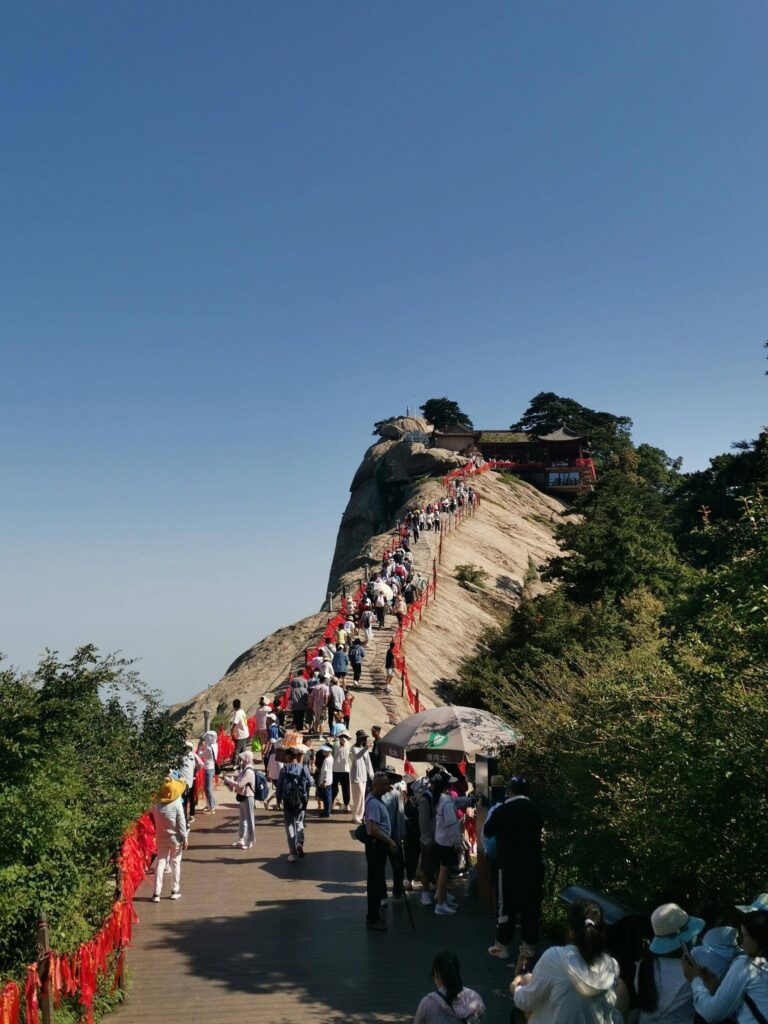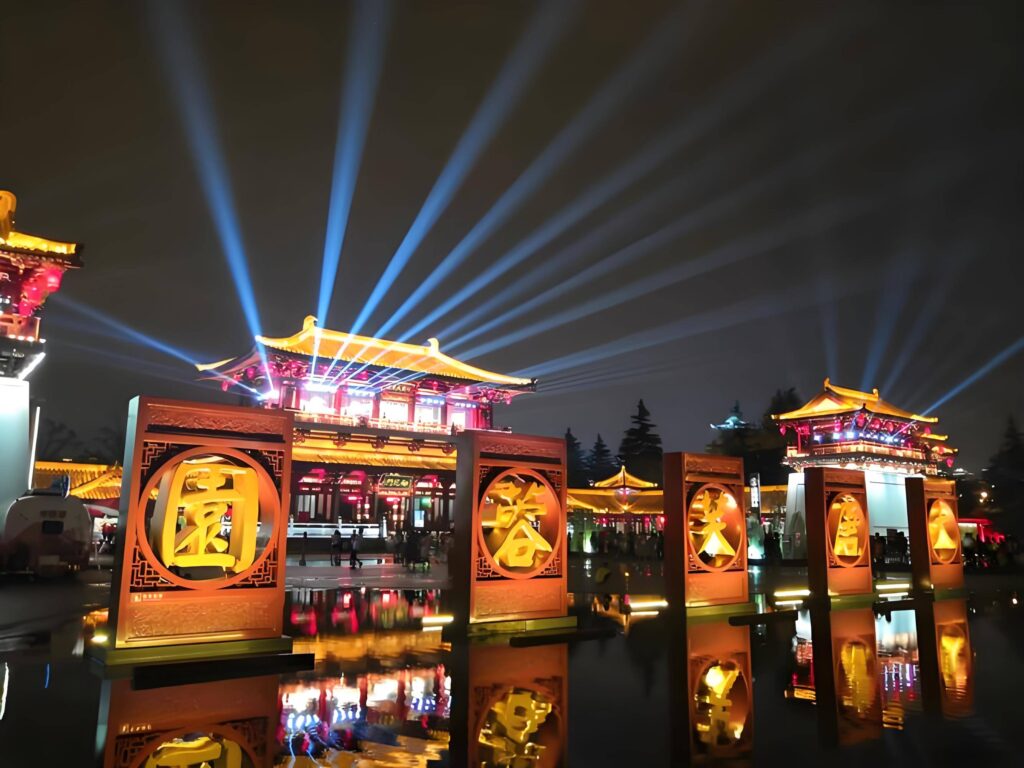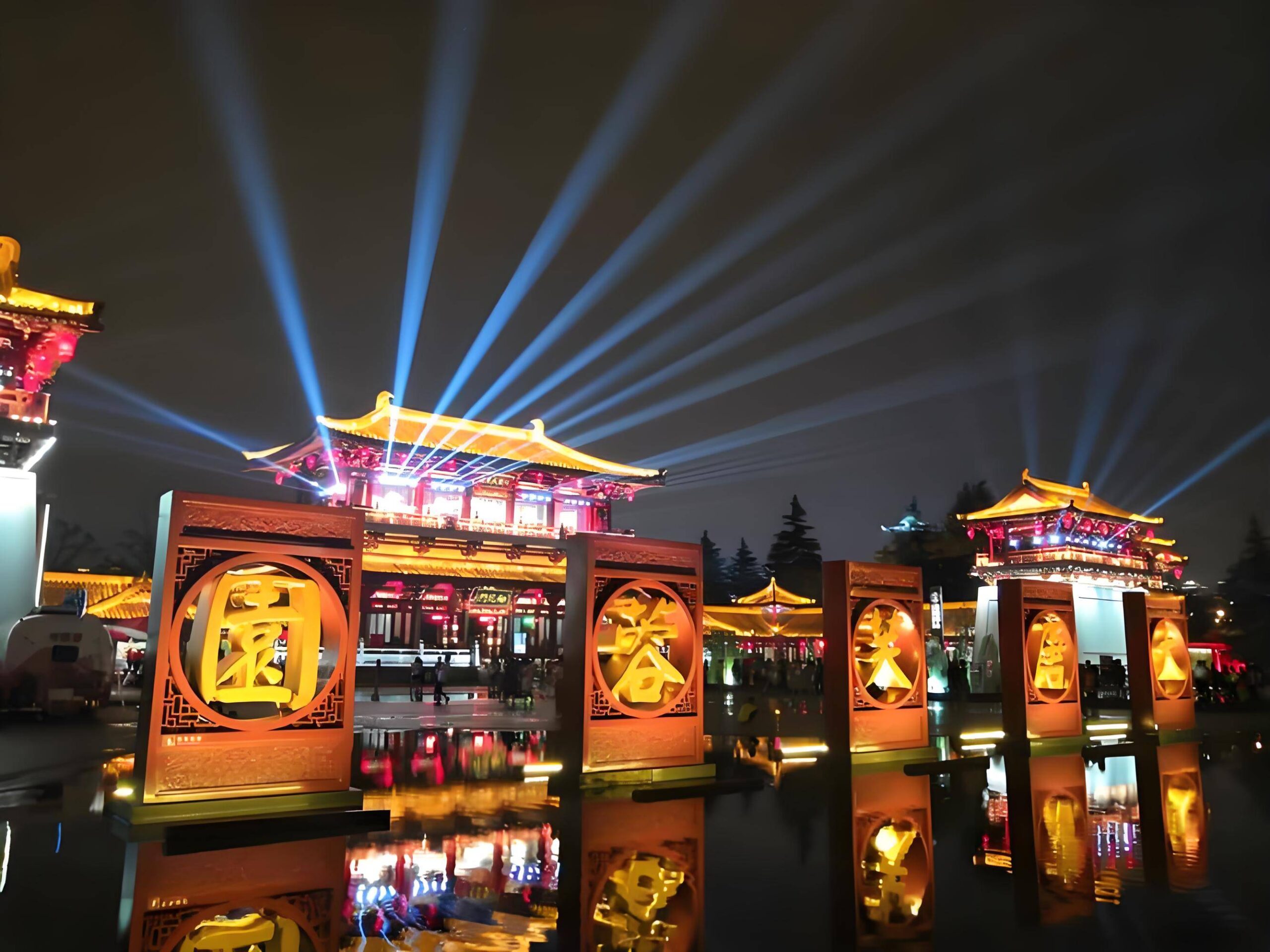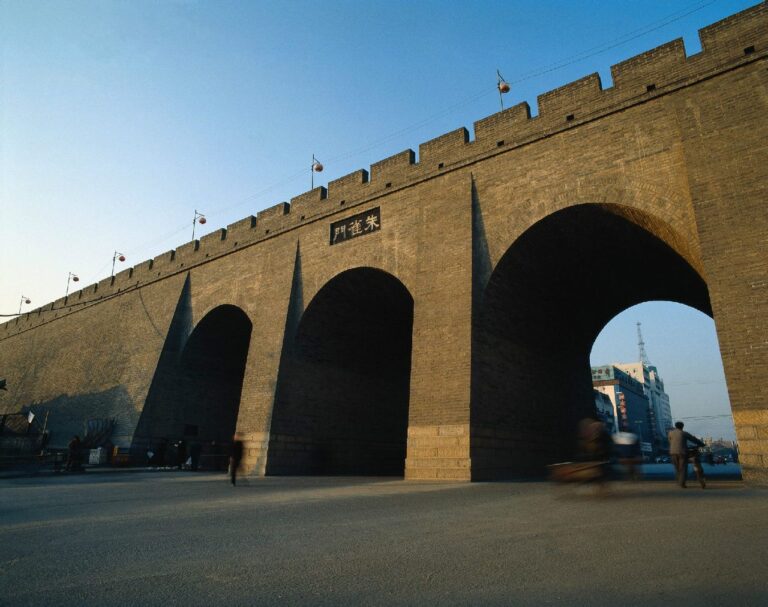What tourist attraction are found in Xian?
A Friendly Guide to Xi’an for American Travelers: Treasures from the Heart of Ancient China
Hello, friends from across the Pacific! Welcome to Xi’an—a living museum of history. Think of it this way: if Rome is the historic heart of the West, then Xi’an is the ancient pulse of Eastern civilization. This isn’t just a city behind glass displays; it’s a gateway to glorious eras from 2,000 years ago. Touch its weathered walls, gaze up at ancient pagodas, savor the bold flavors from street vendors, and watch as China’s most dazzling history unfolds before you. Ready to travel through time? Let’s go!
1. The Eternal Terracotta Army: Guardians of the First Emperor
Imagine this: Over 2,000 years ago, China’s first emperor, Qin Shi Huang, ordered the creation of thousands of life-sized clay soldiers, horses, and chariots to protect him in the afterlife. They lay buried until 1974, when local farmers digging a well stumbled upon what’s now called the “Eighth Wonder of the World.” Prepare to be amazed!

- The Visual Spectacle: Standing at the edge of Pit 1, you’ll see row upon row of terracotta warriors—thousands of soldiers, chariots, and horses in battle formation. Each figure has unique facial features, hairstyles, and uniforms. The detail is incredible! Imagine ancient artisans hand-sculpting every single one.
- Up Close: Watch archaeologists painstakingly reassemble shattered fragments in the restoration area. These warriors once held real weapons (now decayed or stolen) and wore colorful uniforms (most pigments faded, but traces remain).
- Travel Tip: Avoid crowds by arriving right at opening or later in the afternoon. Allow half a day, and hire an English-speaking guide—they’ll bring the silent army to life with captivating stories.
2. The Great Wild Goose Pagoda: Echoes of Tang Dynasty Glory
If the Terracotta Army represents ancient power, the Big Wild Goose Pagoda symbolizes the golden age of the Tang Dynasty (618–907 AD)—China’s most open and prosperous era. This peaceful pagoda was built by Xuanzang, one of China’s most famous monks. He’s the real-life inspiration for the Journey to the West legend (you might know him as “Monk Tang”!). He built this pagoda to store and translate Buddhist scriptures brought back from India.
- Climb for Views: Hike up the steep wooden stairs (7 floors total). Each level offers wider views of Xi’an’s modern skyline blending with distant mountains. Imagine Tang Dynasty people standing here, overlooking their capital, Chang’an (Xi’an’s ancient name).
- Cultural Blend: The surrounding Da Ci’en Temple is serene. Notice the pagoda’s intricate brick carvings and Tang-style architecture—proof of China’s deep cultural exchanges with India and Central Asia via the Silk Road.
- Travel Tip: Visit at dusk! The North Square has a spectacular music fountain show (usually evenings) where water dances with lights against the pagoda. Nearby, the Tang Paradise walking street glows like a bustling ancient night market.
3. Bike the Ancient City Walls: A Ride Through History
Xi’an boasts China’s largest, best-preserved ancient city walls—a Ming Dynasty fortress encircling the old town. These walls are so wide you could drive cars side-by-side on top! It’s a one-of-a-kind experience.
- Must-Do Activity: Rent a bike (single or tandem) and pedal the entire 8.7-mile (14 km) loop! Feel the breeze as you glide past views of traditional rooftops inside the walls and modern high-rises outside. Touch the massive bricks—you’re literally touching history.
- Military Genius: Notice the watchtowers, battlements (for archers), and restored moat. The South Gate (Yongningmen) is the grandest and often hosts reenacted entrance ceremonies.
- Travel Tip: A full loop takes 1.5–2 hours. You can bike just a section (e.g., South to East Gate). Go early morning or late afternoon for cooler temps and softer light. Wear comfy shoes, bring water, and use sunscreen.
4. The Muslim Quarter: A Feast for the Senses
No trip is complete without great food! Near the Bell Tower, dive into the bustling Muslim Quarter (or “Huimin Jie”). This is the heart of Xi’an’s Hui Muslim community and a melting pot of Silk Road flavors.
- Food Adventure: Bring your appetite! Skip fancy spots—the magic is in the packed stalls and tiny eateries. Must-Try List:
- Yangrou Paomo (Mutton Stew with Bread): Xi’an’s #1 dish! Tear flatbread into tiny pieces, hand it to the cook, and they’ll simmer it in rich mutton broth with tender meat. Hearty and delicious.
- Roujiamo (“Chinese Burger”): Juicy braised pork (or beef/lamb) stuffed in a crispy baked bun. Simple, savory perfection.
- Biang Biang Noodles: Named for the “biang!” sound when slapped on the counter. These wide, chewy noodles come drenched in chili oil, minced meat, and tomatoes—spicy and satisfying!
- More Bites: Soup dumplings (Xiaolongbao—careful, hot broth inside!), cold skin noodles (Liangpi), sweet sticky rice cakes (Jinggao), grilled kebabs… explore!
- Vibrant Vibe: Streets buzz with food stalls, nut shops, and craft vendors. The air hums with spices, grilled meat, and sweets. It’s loud, lively, and the best place to feel Xi’an’s real pulse.
- Travel Tip: Be adventurous! Share dishes to try more. Keep valuables secure in crowds. Respect halal customs (no pork or alcohol here).
5. Bell & Drum Towers: Timekeepers of Old Xi’an
Standing tall in the city center, the Bell and Drum Towers are Xi’an’s iconic landmarks. In ancient times, they were the city’s clock and alarm system.
- Their Purpose: “Morning Bell, Evening Drum”—The bell rang at dawn to start the day; drums beat at dusk to signal nightfall and close the gates. Bells marked time, drums sounded alerts (like fires or invaders).
- Architectural Beauty: Both are stunning Ming Dynasty wooden structures with sweeping roofs and painted beams. Lit up at night, they glow gold over the square’s fountains—pure magic.
- Easy Visit: Walk the circular overpass or underground plaza for perfect photo ops. The square buzzes with local life day and night.
- Travel Tip: Visit at night for the best lights! You can pay to go inside (exhibits inside), but the exterior views are impressive enough. This is also the gateway to the Muslim Quarter.
6. Huaqing Palace: Romance, Royalty & Hot Springs
If you have time, head east to Huaqing Palace. This was the winter retreat for Tang emperors—most famously, Emperor Xuanzong and his beloved Consort Yang Guifei—known for its natural hot springs.
- Imperial Love Story: Hear tales of Emperor Xuanzong and Yang Guifei bathing and relaxing here (a romance that sadly contributed to the dynasty’s decline). See the restored Tang royal bath pools.
- Modern History: This is also where the Xi’an Incident (1936) unfolded. Chiang Kai-shek was detained here by his own generals, sparking events that changed modern Chinese history. Exhibits explain it.
- Lishan Mountain Views: Ride the cable car up Mount Li behind the palace for panoramic views. At the top stands an ancient signal tower linked to a legendary tale of deception (“Feng Huo Xi Zhu Hou”).
- Travel Tip: Visit Huaqing and the Terracotta Army on the same day (both ~1 hour from downtown). If available, book tickets for the outdoor show Song of Everlasting Sorrow—a stunning dance drama about the emperor’s love story, performed right in the palace gardens under the stars (seasonal).
Xi’an isn’t just dots on a map—it’s history you can touch, taste, and ride through. Feel the city’s 1,000-year heartbeat under your bike wheels on the ancient wall. Stand breathless before the Terracotta Army’s silent ranks—history transformed from textbook pages into something real. Lose yourself in the steam and spice of the Muslim Quarter—every bite a taste of Silk Road adventure.

Practical Tips for Your Trip:
- Best Time: Spring (April-May) & Autumn (Sept-Oct) for perfect weather.
- Getting Around: Metro is easy. Taxis/ride-shares are cheap. Take Tourist Bus 5 (Bus 306) or a tour bus to the Terracotta Army/Huaqing Palace.
- Stay: Inside the city walls (near Bell Tower/South Gate) or by a metro stop.
- Language: Major spots have English signs/staff. Learn a few Chinese phrases—“Nǐ hǎo” (Hello) and “Xièxie” (Thanks) go a long way!
So, pack your sense of wonder, friend. Xi’an is ready to share its stories. Let the silent majesty of the Terracotta Army, the Tang Dynasty breezes on the city wall, and the ancient flavors dancing on your tongue become unforgettable chapters in your travel story. This journey won’t just be a trip—it’ll be a cultural treasure you carry home.


